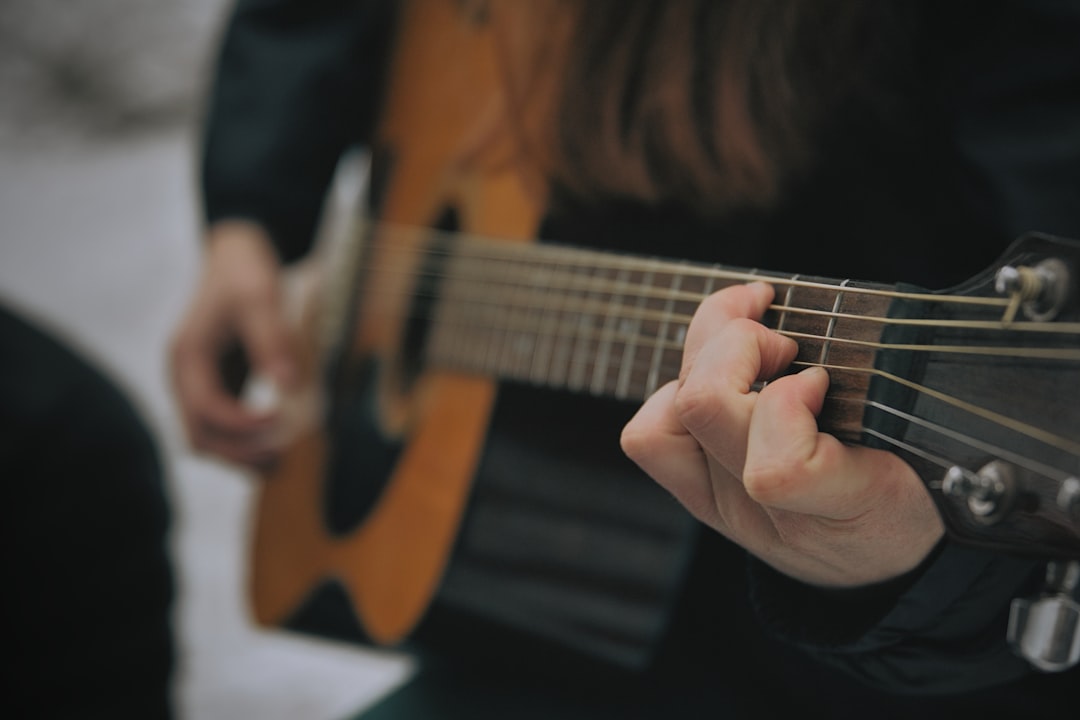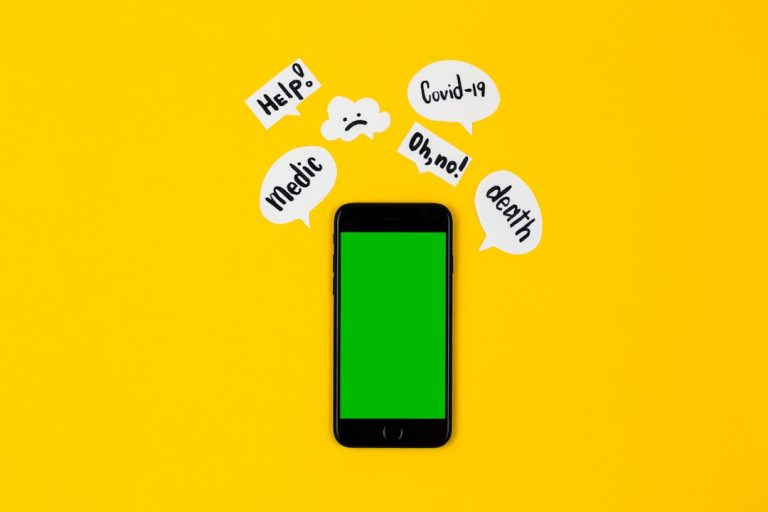Learn Guitar: Realistic Learning Timeline
Learning how to play the guitar is a fulfilling journey that offers both personal joy and creative expression. Whether aiming to perform professionally or just play for fun, it’s important to have a realistic understanding of the timeline involved. While everyone progresses at a different pace, certain milestones are common for most guitar learners.
Month 1–3: Building the Basics
During the first few months, new players typically focus on learning essential skills such as:
- Proper finger placement and posture
- Basic open chords like C, G, D, E, and A
- Simple strumming patterns and rhythm practice
- Reading tablature and understanding basic music theory
This period may feel repetitive, but it’s crucial for building muscle memory and finger strength. At this stage, patience and regular practice—around 20 to 30 minutes daily—are key to development.
[ai-img]beginner guitar chords, practicing guitar, learning to play[/ai-img]
Month 4–6: Developing Comfort and Technique
By the fourth month, most learners begin to feel more comfortable holding the guitar and transitioning between common chords. They may also start learning:
- Barre chords and power chords
- More complex strumming and picking techniques
- Easy popular songs
- Basic scales like the pentatonic scale
As hands become stronger and coordination improves, learners can experiment with fingerpicking and begin to see noticeable improvements. This period is often when players start to have more fun as they can play recognizable melodies and songs.
Month 6–12: Expanding Repertoire and Skillset
With consistent practice, typically six months in, intermediate-level skills begin to develop. Players can start diversifying their practice routines by including:
- Lead guitar techniques such as bends, slides, and hammer-ons
- Playing along with backing tracks or recordings
- Improvising basic solos
- Learning music theory for chord progressions and scales
Students may also begin to identify their musical tastes and pursue genres that interest them, from blues to metal to folk. Confidence grows significantly during this stage, and many players start performing casually among friends or through online platforms.
[ai-img]intermediate guitar player, playing solo, guitar techniques[/ai-img]
Year 1 and Beyond: Mastery and Musical Identity
After the first year, the guitar becomes less of a foreign object and more a part of the musician. At this advanced stage:
- Players can perform full songs confidently
- Improvisation becomes more natural
- Advanced techniques like tapping, sweeping, or jazz chords may be explored
- Some may begin writing original music or even teaching others
From this point, progression depends on the guitarist’s goals and commitment. While mastery may take many years, the ability to play well and with expression is usually achieved within 18 to 24 months of regular, mindful practice.
Factors That Influence Learning Time
While the timeline above gives a general idea, actual progress depends on several variables:
- Practice frequency and duration: More frequent, focused practice leads to faster improvement.
- Learning method: Online courses, private lessons, or self-teaching methods each have different pacing.
- Musical background: Previous musical experience can accelerate learning.
- Motivation and goals: Those passionate about learning often progress faster due to increased dedication.
Conclusion
Learning the guitar is a marathon, not a sprint. While a few months of effort can have you playing songs, achieving true comfort and musical expression takes consistent work over time. With passion and dedication, anyone can master this versatile instrument on a timeline that fits their lifestyle and goals.
FAQs
- Q: Can I learn guitar on my own?
A: Yes, many players are self-taught using online resources and tutorials. However, guidance from an instructor can accelerate progress, especially in the early stages. - Q: Is it too late to learn guitar as an adult?
A: Not at all. Many adults pick up the guitar later in life and progress well. Age is not a barrier to learning. - Q: How much should I practice daily?
A: Aim for at least 20 to 30 minutes per day. Even short, consistent practice is more effective than sporadic long sessions. - Q: When will I be able to play full songs?
A: With daily practice, most beginners can start playing simple songs within 2 to 3 months.






